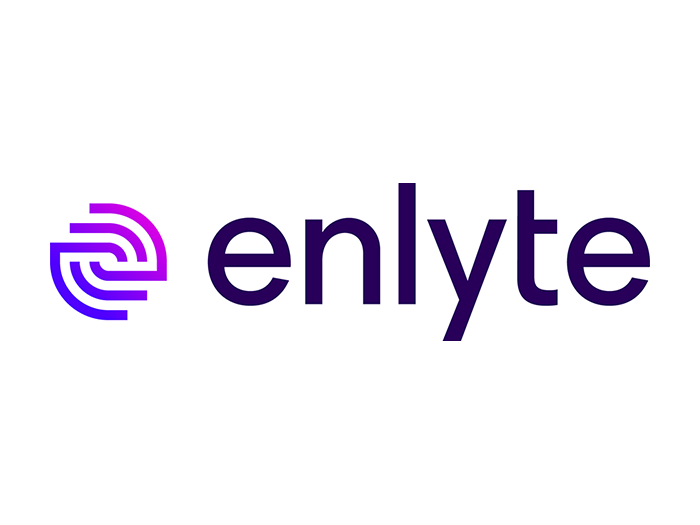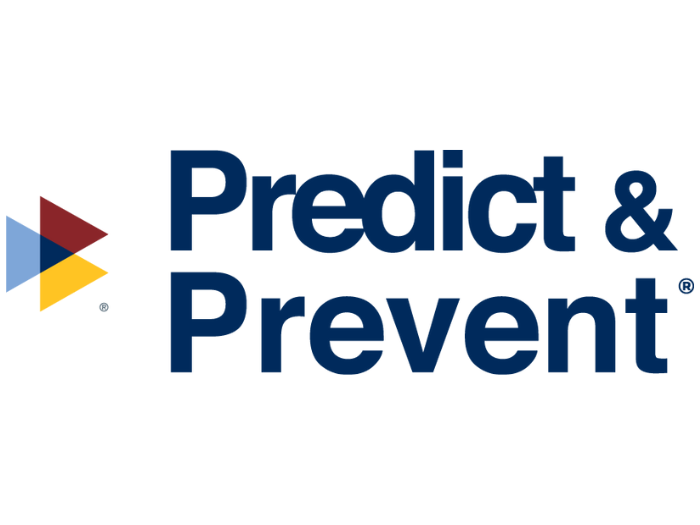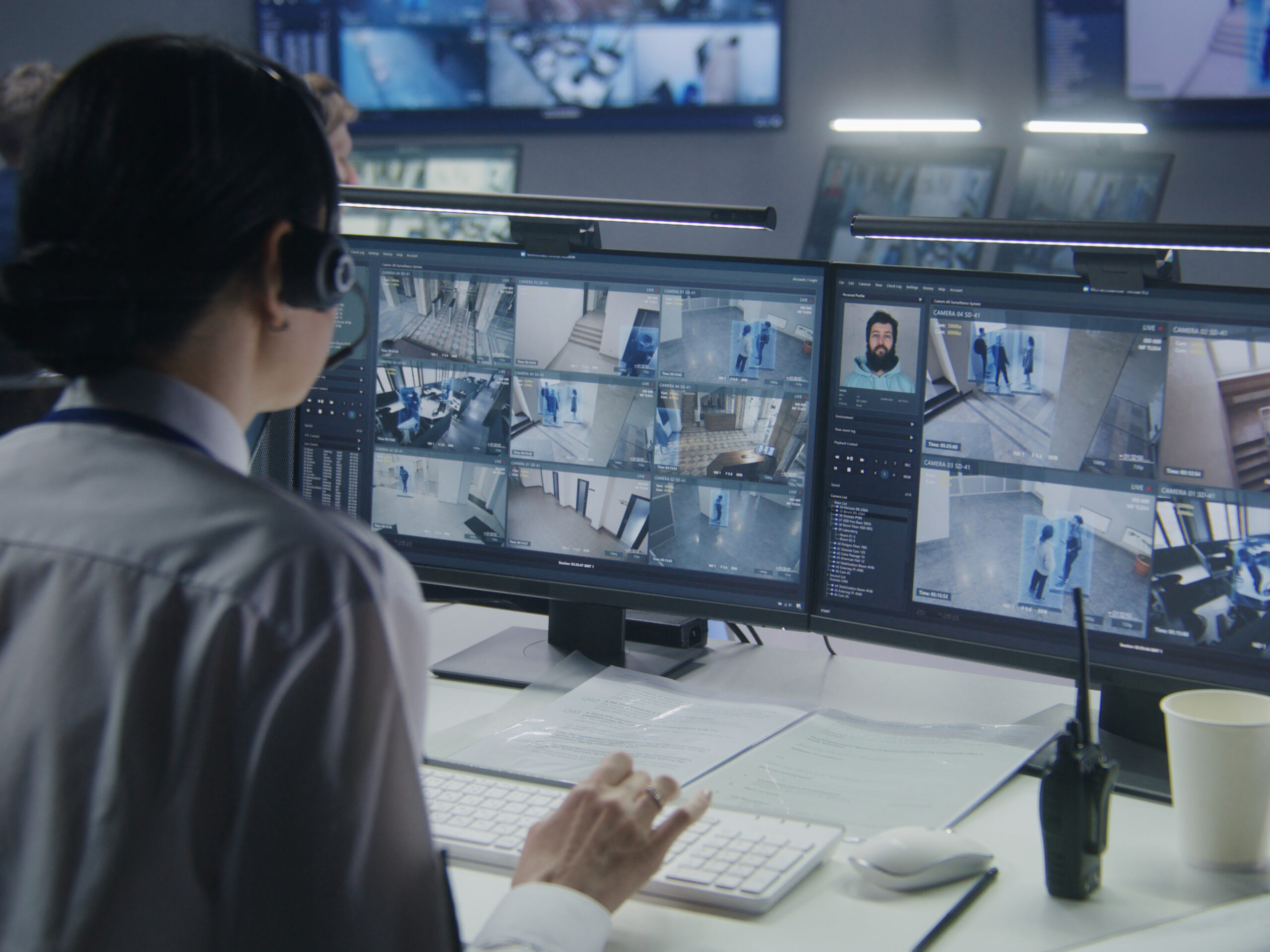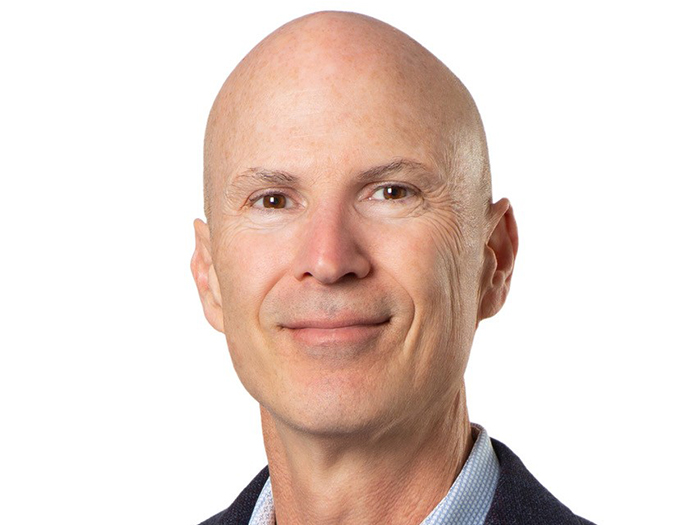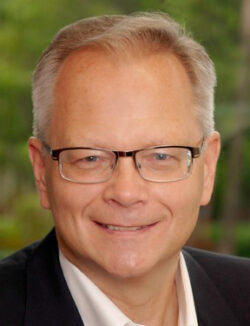Substance Abuse
This Is Your Doc On Drugs
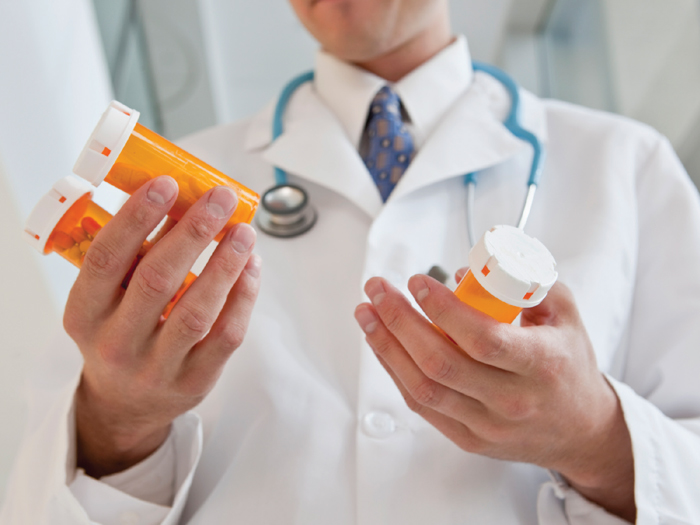
About 10 years ago, when Johnson City, Tenn., physician Stephen Loyd was practicing internal medicine, often in an intensive care unit, he was popping about 100 opioid pills a day, every day, ingesting mainly oxycodone and Vicodin.
“You’d think that if a person was taking 100 pills a day like that others would know,” Dr. Loyd said. “But six weeks before I went into rehab, I stood at a medical students’ graduation ceremony where I was honored as one of 10 faculty members out of 100 who had the most influence on the students’ previous four years of education.”
Today, a recovering addict, Dr, Loyd is the 2014 Advocate for Action for the White House’s Office of National Drug Control Policy.
The scariest thing about his heavy drug addiction, Loyd said, “was that I thought I was a better doctor. I thought I was sharper, that I didn’t need to sleep, that I didn’t need to eat. I thought I could go longer and see more patients.”
In fact, his condition was worsening, though none of his colleagues wanted to question it.
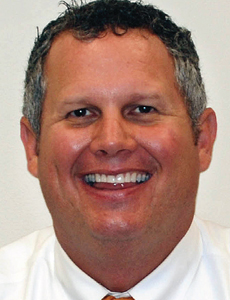
Dr. Stephen Loyd, 2014 Advocate for Action for the White House’s Office of National Drug Control Policy
“Nobody said anything to me,” said Loyd, who is now chief of medicine at the Mountain Home VA Medical Center. “They didn’t want to hurt my livelihood; they didn’t want to hurt my practice.”
Finally, it was his father who intervened on his behalf. “The truth of the matter was that I was going to die,” Loyd said. “And not only that, but there was the possibility of hurting a lot of people. Now, it makes me sick to think of the damage I could have done to other people.”
Today, in addition to his work with the White House and his practice, Loyd lectures on the dangers of drug abuse in the medical profession.
Epidemic of Abuse
Almost every day, medical professionals in the United States — from doctors to nurses to pharmacists — are censured for narcotics abuse, resulting in harm to themselves and sometimes, their patients.
These individual actions are part of what the Centers for Disease Control and Prevention has classified as a national epidemic of prescription drug abuse.
Video: Dr. Stephen Loyd talks to USA Today about his addiction.
According to the latest figures from the CDC, one in 20 people aged 12 or older has used prescription painkillers for non-medical reasons, and more than 2.1 million people in the country are addicted to opioid painkillers.
Prescription painkiller abuse is estimated to cost the United States more than $125 billion annually.
Consumer Watchdog, a California citizens’ advocacy group, said it examined federal data on the combined problem of alcohol and drug abuse by medical professionals and determined that 500,000 medical professionals in a given year self-report that they abused alcohol, prescription drugs or illicit drugs.
“This is according to federal data and yet we don’t have any way to detect this,” according to Consumer Watchdog. “We don’t have any way to stop doctors and other medical professionals from this activity.”
State-Level Oversight
Several factors contribute to a prescription painkiller epidemic in the health care field, said Joanna Shepherd-Bailey, a professor at Emory University School of Law in Atlanta.
“A few rogue physicians and pharmacists enable drug abusers by illegally prescribing or supplying controlled substances,” said Shepherd-Bailey. “Other physicians do not have adequate training to recognize and address prescription drug abuse, and as a result, prescribe painkillers to illegitimate patients.”
Substance abuse among physicians, nurses, dentists and pharmacists can affect their personal lives, but it often is also linked to medical errors, liability and a decline in patient safety.
To counter such abuse, Minnesota Gov. Mark Dayton signed a new law in May that will tighten oversight of problem nurses and other licensed health care providers.
Provisions include requiring employers to report nurses who have stolen drugs, and requiring the state drug monitoring program to provide more data to the state Nursing Board about nurses who have harmed patients and stolen drugs.
Video: From 2003-2007, one-quarter of nurse disciplinary issues were traced to drug abuse in Nebraska.
One crucial aspect of the new legislation is tightening regulations to make it easier for health licensing boards to immediately suspend a health care worker if the board believes the person “presents an imminent risk of harm.”
“We did as much as we thought we could because legally, of course, a person has due process so there has to be a balance between a person’s right to due process and the need of the public to be safe from persons who might not be safe practitioners,” said Rep. Tina Liebling, D-Rochester, a key architect of the legislation and chair of the state’s House Health and Human Services Policy Committee.
“We did tighten things up considerably. We put in an immediate review by the board and also language that says if there’s an imminent risk of harm, they must temporarily suspend a person’s license.”
Federal Action
On a national level, the federal Drug Enforcement Administration (DEA) has proposed new restrictions that would change regulations for some of the most commonly prescribed narcotic painkillers.
The DEA proposal, open for public comment since March, would specifically affect hydrocodone-combination pills, also known as opioids, which combine hydrocodone with less potent painkillers such as acetaminophen.
Under the proposed regulations, patients would have to have a written prescription from a doctor — instead of a prescription submitted orally over the phone. Also, refills would be prohibited. Patients would have to check in with the doctor to get another prescription.
Drug-abusing health care professionals, however, can be harder to detect and deter. According to the National Council of State Boards of Nurses, “Although a drug user would usually tend to experience a decrease in work performance, or might be frequently absent, health-care professionals who are abusing drugs tend to not show impairment related to job performance until they have already developed a significant substance abuse problem.”
Detecting Abuse
Numerous state governments have what are called Prescription Drug Monitoring Programs (PDMPs). But according to Emory University School of Law’s Joanna Shepherd-Bailey, many of the programs suffer from inadequate data collection, insufficient interstate data sharing and constraints on sharing data with law enforcement and state agencies.
By contrast, third-party prescription payment systems run by pharmacy benefit managers (PBMs) or health insurers have been effective in dealing with prescription drug abuse by health care professionals.
Drugs paid for with cash are not processed by PBMs or insurers, allowing drug abusers, including health care professionals, to evade detection.
However, these systems do not currently process all painkiller prescriptions. Drugs paid for with cash are not processed by PBMs or insurers, allowing drug abusers, including health care professionals, to evade detection.
Shepherd-Bailey said that a national drug reporting plan building on existing PBM networks that are augmented to record cash purchases could be significantly more effective than existing state PDMPs in detecting prescription drug abuse by health care professionals and others.
“Such a system would close the current loophole for cash transactions and interstate purchases of prescription drugs,” Shepherd-Bailey said. “Moreover, by utilizing existing PBM systems, including data mining and advanced analytics, it could detect and deter potential drug abuse.”
Treatment Options
Though legal action is sometimes necessary, the health care profession generally aims to provide treatment rather than rely on disciplinary action to achieve recovery.
In 1982, the American Nurses Association created a resolution which urged states to create “peer assistance programs” for health care professionals as an alternative to discipline.
Since the early 1980s, all of the major professional nursing associations have advocated alternative-to-discipline programs prior to initiating more formal disciplinary proceedings.
This way, health care providers are able to focus more on treatment services rather than worry about losing their position as health care professionals.
Since the early 1980s, all of the major professional nursing associations have advocated alternative-to-discipline programs prior to initiating more formal disciplinary proceedings.
These organizations recognized that more supportive recovery efforts help keep valuable nurse practitioners in a profession facing catastrophic labor shortages.
Despite these recommendations, not all states have implemented alternative programs and there is little consistency in the approaches they use.
Another important part of successful treatment includes the use of self-help groups, such as Alcoholics Anonymous or Narcotics Anonymous, which allow for individuals to talk about their addiction stories while surrounded by a supportive group of people.
Health care professionals may also take advantage of employee assistance programs to receive individual and confidential assistance concerning issues of overcoming substance misuse in the workplace or at home.
Experts noted the need for individualized treatment. While some people may just need support from self-help groups, others may need in-patient treatment time and a change in profession to overcome their dependence on drugs.





